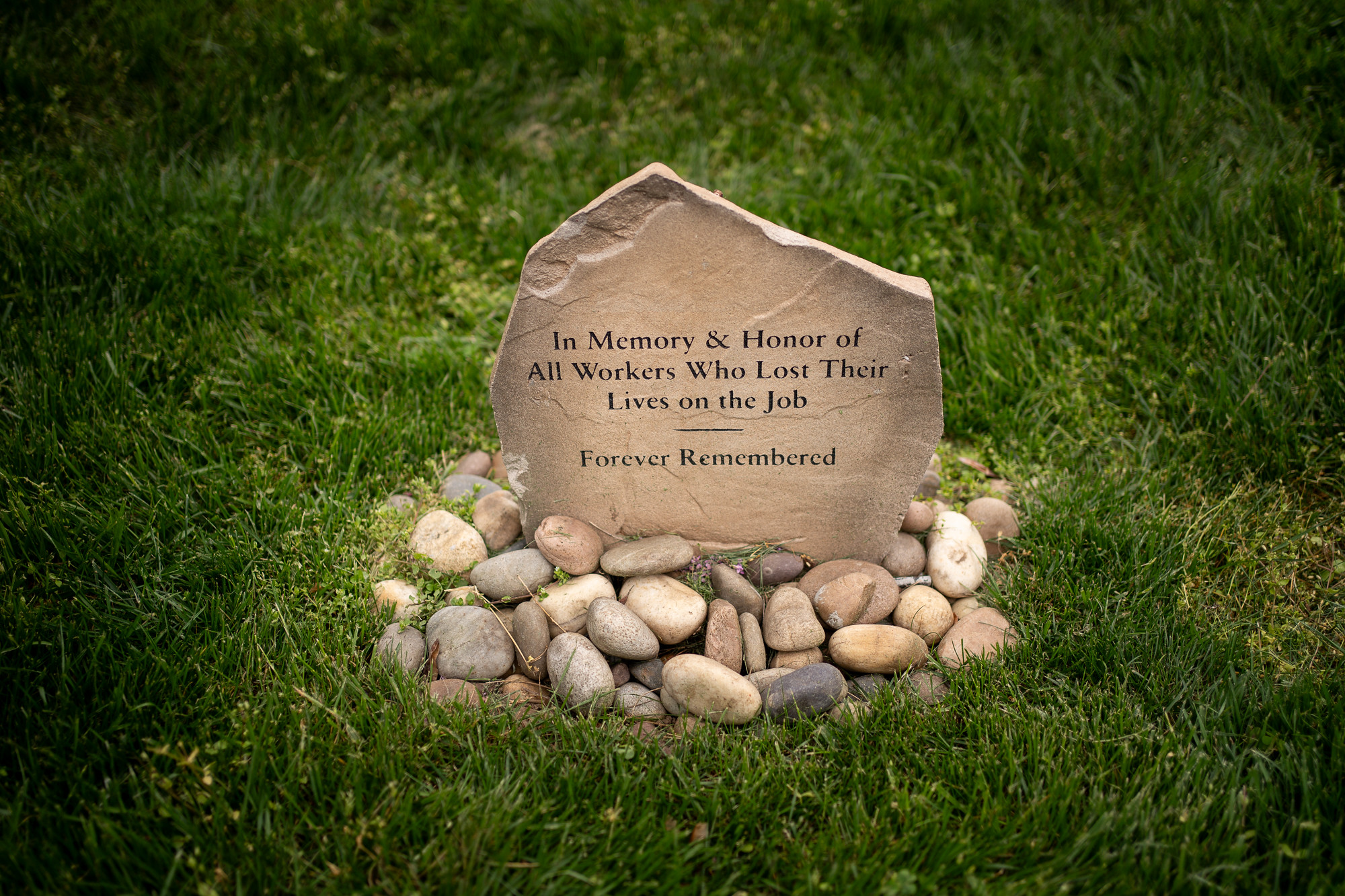Every year, on average, dozens of workers are fatally injured in my home state of Idaho. Of those lives lost, seven were between 19 and 25 years old. For many, English was not their first language. Almost half were fall-related.
One of the workers lost was a laborer on his first day at a construction site. He fell from a second-floor deck. Extreme heat may have also been a factor.
Another worker fell from a metal roof being installed on a log home.
A 19-year-old fell through a roof opening 29 feet below while doing renovation work. The employer said the worker never missed a day and was always early.
Can you imagine what these families are living with now? Think of the haunting void and cloud that looms over family get-togethers.
These incidents don’t include the countless serious, debilitating and costly injuries that do not end up in tragedies. Like the 18-year-old laborer who was assigned to clean up scrap wood While picking up an unlabeled and unsecured piece of sheathing, he stepped through the hole it was covering and fell nearly 14 feet to the floor below. This young man will live with his injuries for the rest of his life.
Unless you were directly involved or knew someone, these may seem like stories that happen to other people. But what if it were you? Or your child? Your partner? Your parent? Your friend? Look around at your co-workers next to you. Whether or not you know them well, what if one of them were gone tomorrow? Within the blink of an eye. Just like that. Gone forever.
These were the voices and laughter in the room, now silent and leaving a giant emptiness.
It is critical to routinely reinforce everyone’s safety, especially in hazardous occupations like construction. June is National Safety Month and it’s a great time to make sure safety is a core value in your workplace.
Nearly all of the tragedies I’ve witnessed have the following in common:
-
The incident was EASILY PREVENTABLE.
-
Workers (and managers) are often just trying to do whatever it takes to get the job done. Please be just as motivated to do the job correctly and safely.
-
There is very little planning or thought involved before engaging in risky activity.
-
Shortcuts have become a habit.
-
Everyone involved believed (consciously or subconsciously) that the risk was acceptable. How would they feel about the risk now?
Continual reinforcement is required to overcome the natural tendency to become complacent. This includes building a culture that involves regular safety discussions, quality training, and everyone playing a role in identifying and correcting hazards on the job. OSHA’s Safe + Sound campaign has great resources that can help.
A few extra minutes of planning and deciding on the safest course of action are well worth it. Tragedies often remind us of what is important and the simple steps that could have been taken to prevent them. Don’t wait for something bad to happen!
At the end of the day, we’re all just trying to earn a living, provide for our families, build something we can be proud of, and most importantly, return home to our families whole and healthy. Do not gamble with your life. Please be safe and practice safety at work. Always.
➡️ Start or improve your workplace safety program today.
Dave Kearns is the area director for the U.S. Department of Labor’s Occupational Safety and Health Administration in Boise, Idaho. Follow OSHA on X/Twitter at @OSHA_DOL and on LinkedIn.



